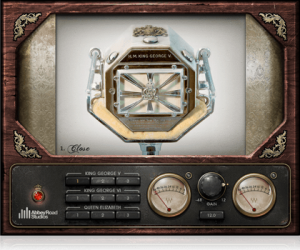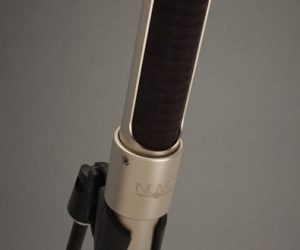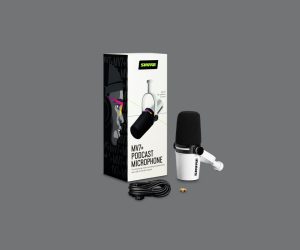
Mic Data 4: Sensitivity
When recording with different microphones, you’ll notice some models require less gain than others. Hence, “hot” mics and those lesser so. ‘Sensitivity’ on data sheets.
Sensitivity – Europe Vs. America
When exposed to the same sound source, different microphone models may produce different output levels. In other words, some microphones are more sensitive than others. Sounds pretty simple so far. To complicate things, there are various ways to specify sensitivity.
In Europe, sensitivity (or “transfer factor”, as it is sometimes called here) is specified in millivolts per pascal (1 pascal is the equivalent of 94 dB SPL). In other words: output voltage per sound pressure.
In America, sensitivity is specified in relation to a hypothetical microphone, which produces 1 volt, when exposed to a sound pressure of 1 pascal (94 dB SPL). As this hypothetical mic is much “hotter” than any existing microphone, such sensitivity figures are always negative. Which can be confusing: –40 dB is much “hotter” than –50 dB! However, this method does have one advantage: You can easily estimate how much gain is required for an average medium-level sound source.
Condenser microphones typically produce much higher output than dynamic mics. The Neumann TLM 103, pictured on the right, is more than 20 dB “louder” than the Sennheiser MD441 (left)!
Typical Values
You won’t be surprised that different transducer technologies achieve different sensitivity levels.
Typical values for dynamic microphones are 1 to 4 mV/Pa or –60 to –48 dB re 1V/Pa. Ribbon microphones are usually on the lower end of the scale, while some moving coil dynamic mics achieve as much as 3-4 mV.
Condenser microphones usually have much higher sensitivity than dynamic mics. Typical values are 8 to 32 mV/Pa or –42 to –30 dB re 1V/Pa.
When Does Sensitivity Matter?
It’s good to know that sensitivity is an important spec for dynamic microphones only. At such low levels, every decibel or millivolt helps to achieve a good noise performance.
For condenser mics, the sensitivity specification is not terribly interesting. The exact value does not matter, because any value above about 8 mV/Pa is more than enough for excellent noise performance with just about any preamp. Some people think that high sensitivity could compensate for a mediocre self-noise figure. But that’s not true! For noise measurements, gain must be adjusted according to the mic’s sensitivity, anyway. So the self-noise figure tells the whole story.
However, high sensitivity can be beneficial when you work with an entry-level preamp. Cheap preamps often sound dull and lifeless at high gain settings above 50 dB. A high sensitivity microphone will rarely require that much gain.
















RESPONSES